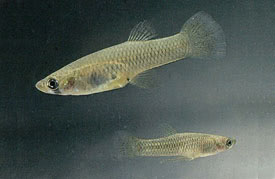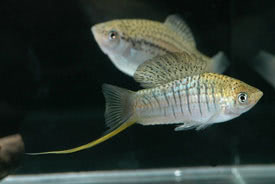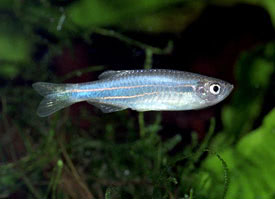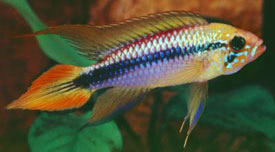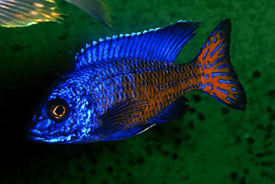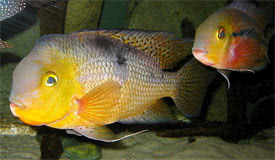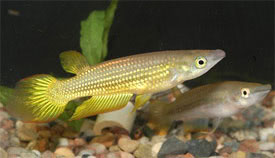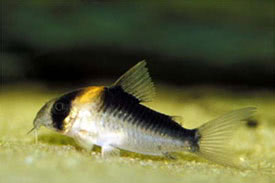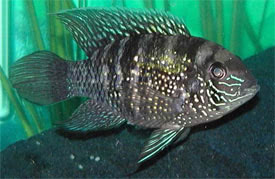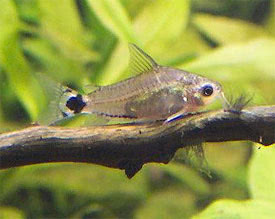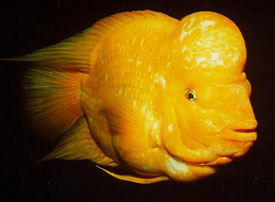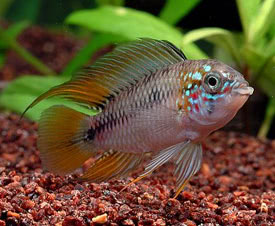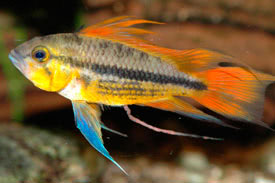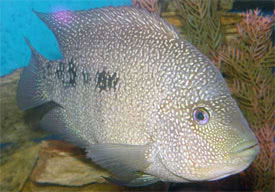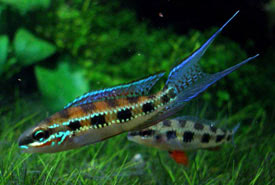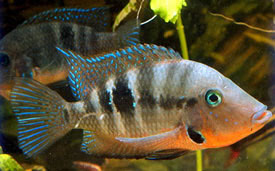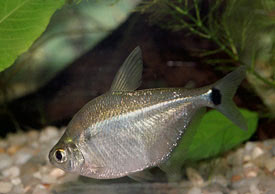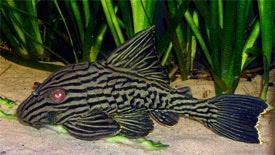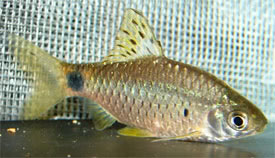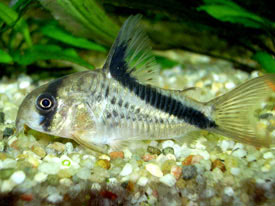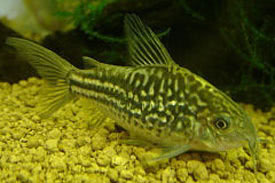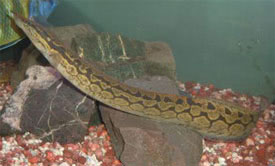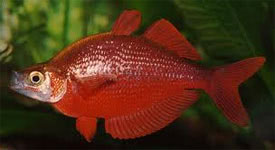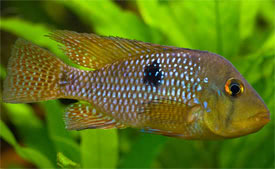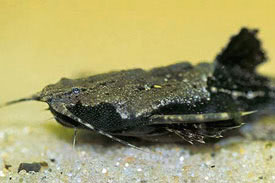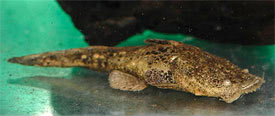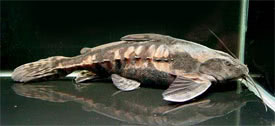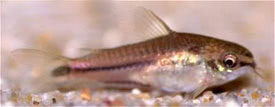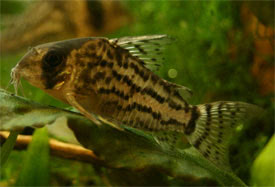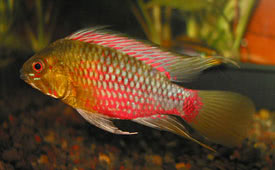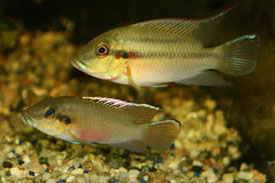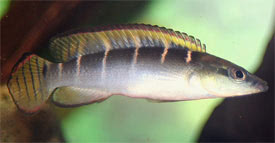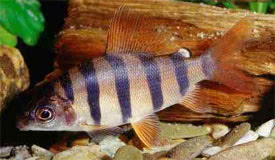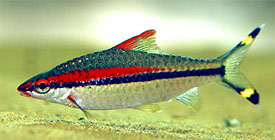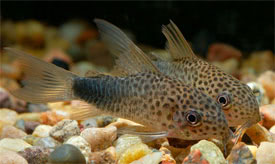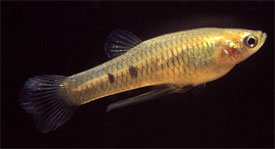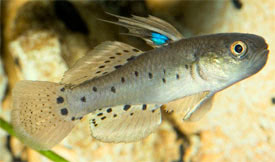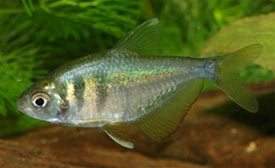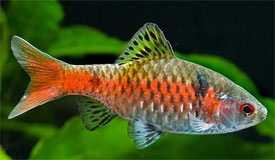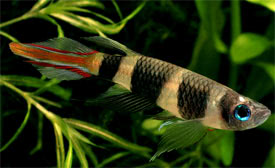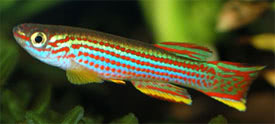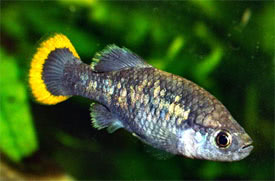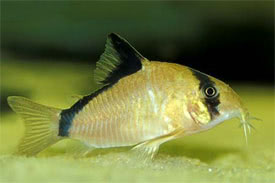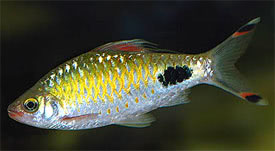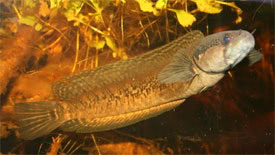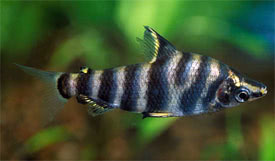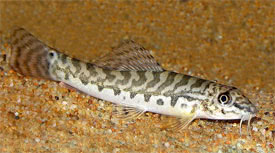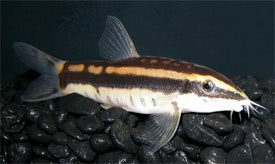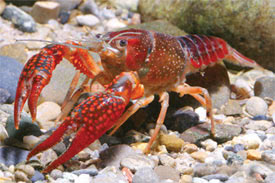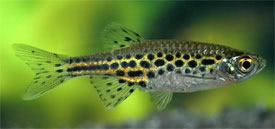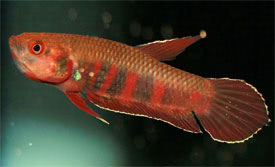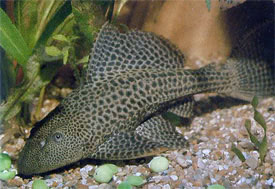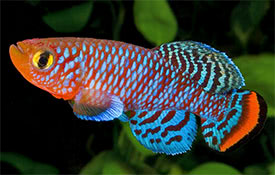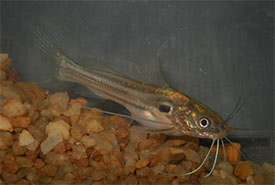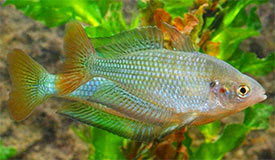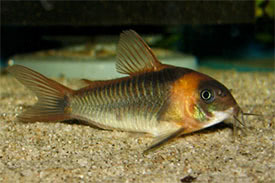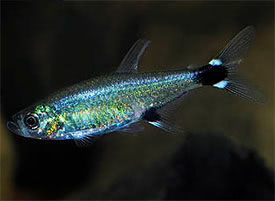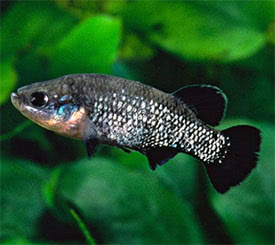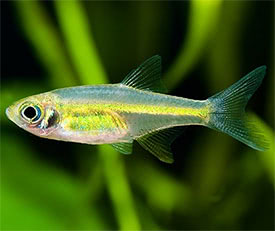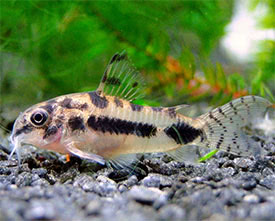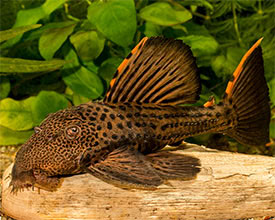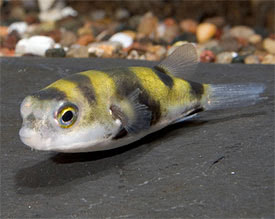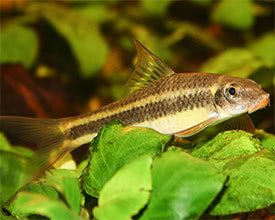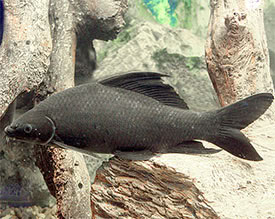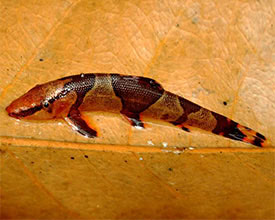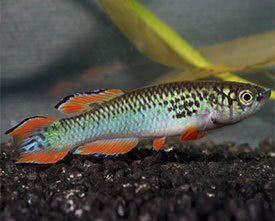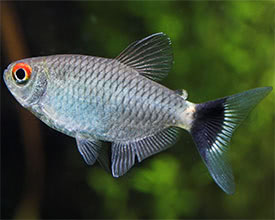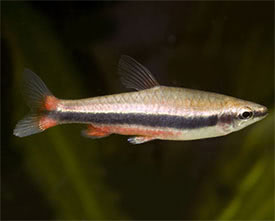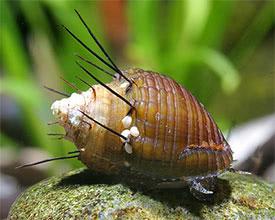
 Magyarul / Hungarian
Magyarul / Hungarian
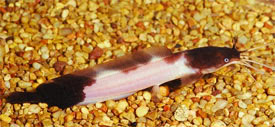
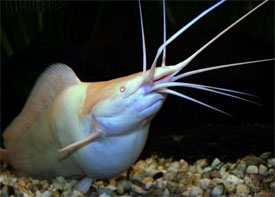

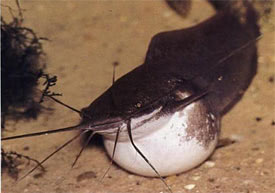
- Scientific name: Clarias batrachus
- Synonyms: Clarias assamensis, Clarias punctatus, Macropteronotus magur, Silurus batrachus
- Common name: Frog Catfish, Walking Catfish, Clarias Catfish
- Group: Catfishes
- Habitat: Asia; India, Nepal, Bangladesh, Sri Lanka, Pakistan, Thailand, Vietnam, Laos, Cambodia, Myanmar, Singapore, Malaysia and Indonesia.
- Size: 40-45 cm, but in nature it can reach 100 cm in length.
- Biotope: Found in rivers and swamps, usually in stagnant or slow-moving waters. During the wet season they also move into flooded areas.
- Social behavior: A predatory catfish and will eat any fish that can fit into its mouth. Keep only with large, robust fish.
- Diet: Omnivorous; a greedy eater, will eats almost anything from dried pellets to meaty frozen foods and also some vegetable matter. Do not overfeed them, as they eat as much as they get.
- Breeding: Hard
- Tank: Minimum 400 litres
- Population: 2-3 fish for 1000 litres
- Decoration: Soft substrate like sand, hiding places and caves from rocks and roots are recommended. Use a very tight-fitting cover, as the fish is an escape artist.
- Temperature: 20-26 °C
- pH: 5.5-8
- Hardness: 2-25 NK°
- Lifespan: 20-25 years
Description: The wild fish coloration is brownish-gray with a white belly, and is encountered less often in the hobby, while the naturally occurring albino and the marbled variety are more common. Walking Catfish has long dorsal and anal fins, which are extending to the caudal fin base. The caudal fin is small and rounded. Clarias batrachus has 4 pair of barbels. The Frog Catfish is a very hardy species, can tolerate a wide range of water chemistry and temperature, and can also survive in oxygen-depleted conditions with the ability to breathe atmospheric air. The fish can survive for long periods out of water, and with the strong pectoral fins it can move short distances over land. To cross land areas it locks its gills to prevent drying. The gills are stiffened in order to prevent them collapsing outside the water. This is why a tightly fitting cover is necessary. An important food fish in Asia and has been introduced to several other countries for farming purposes, but for example in Florida Walking catfish are known as an invasive species.
In the wild color form, the male has dots on the dorsal fin, but this distinction can’t be made for the aquarium varieties. Genital papilla in males is elongated and pointed, while in females it is shorter and blunted. Females are also have more rounded belly. Walking catfish has been bred commercially as a food fish in many countries, usually in fish farms. Breeding is also possible in a large aquarium. Clarias batrachus is sexually mature from 30 cm in size. Once a pair forms they become territorial, so other fish should be removed from the tank. During spawning body contact between the pair increases: they usually swim side by side through the aquarium and also lie near one another when resting. In nature the fish spawn in caves dug into the banks of rivers, usually a little underneath the water surface. In the aquarium they will usually dig a pit in the substrate, as there are no such caves in the tank. Spawning can last as long as 20 hours, and the female will deposit her eggs over the pit where they sink and adhere to the substrate. The number of the eggs can be 1000. After spawning the male guards the eggs, by swimming tirelessly above the nest. The eggs hatch in 24-36 hours, and after 3 days they become free swimming. At this time the female usually guards the territory, while the male remains with the fry. The fry can be removed at this point to another tank, and can be fed with brine shrimp nauplii. The fry grow very fast.




